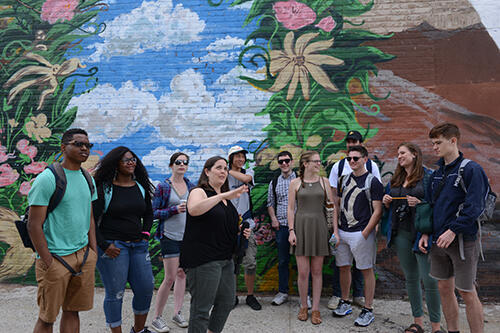
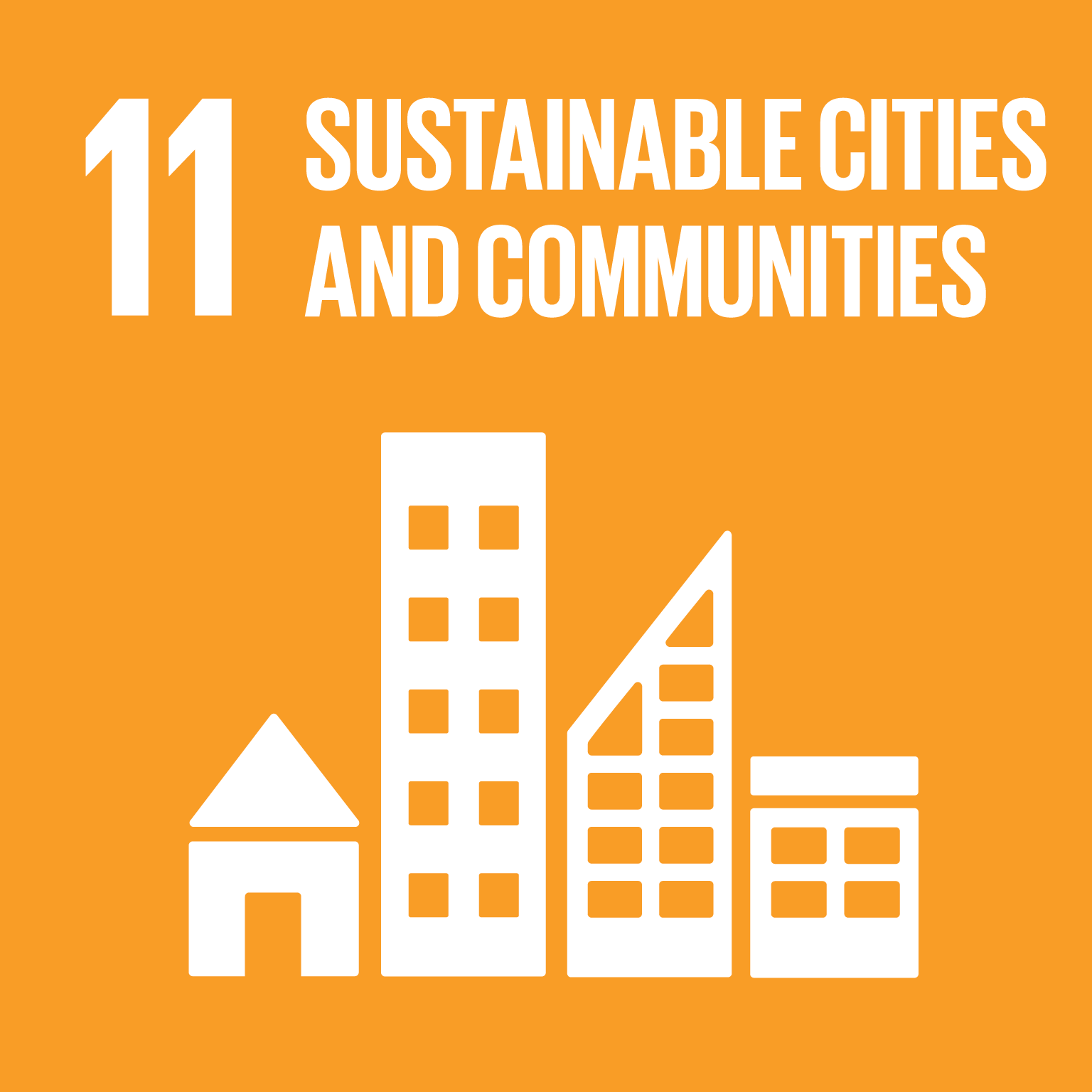
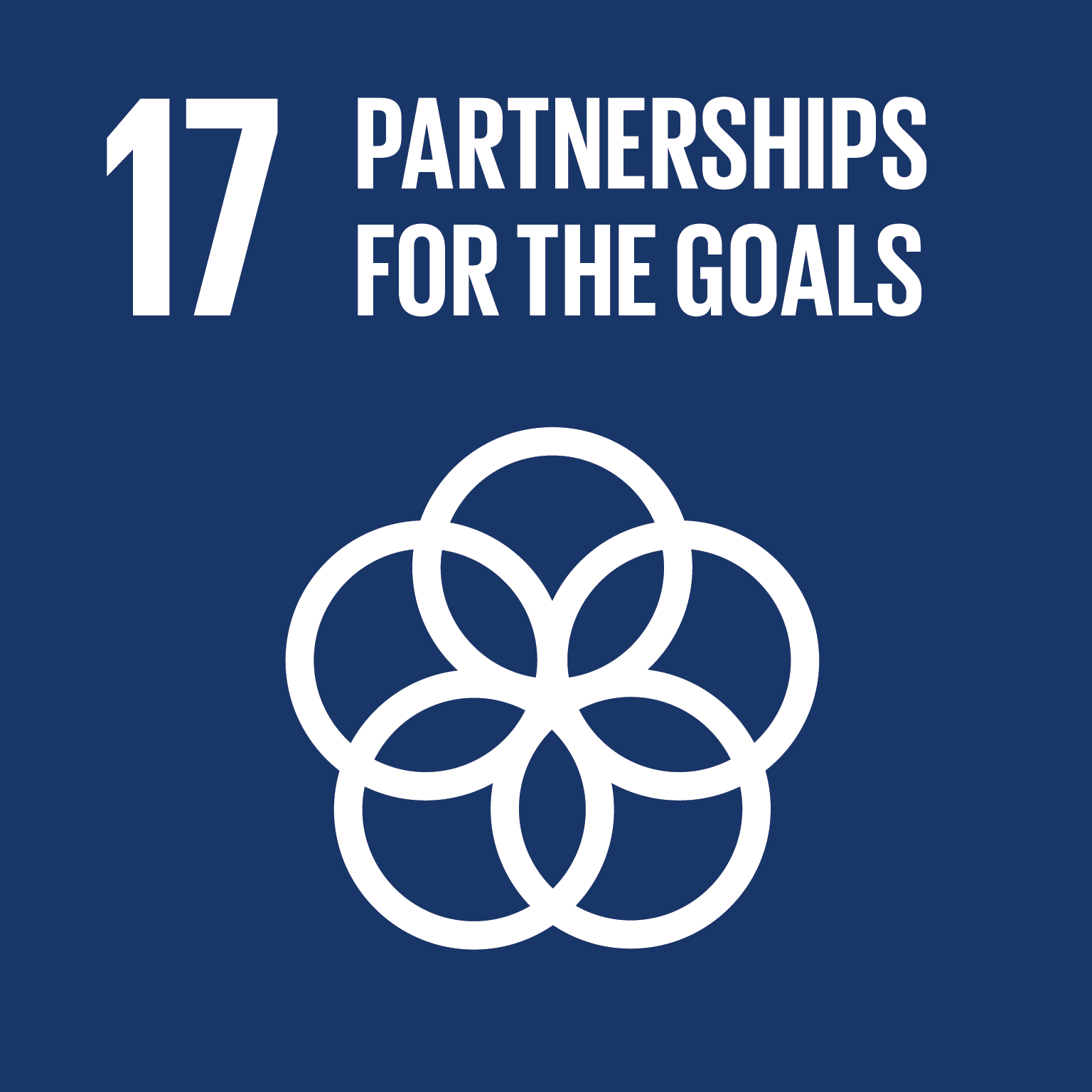 This story is published in the new issue of the Geneseo Scene. You can also see photos of the Red Hook neighborhood and the urban geography class online.
This story is published in the new issue of the Geneseo Scene. You can also see photos of the Red Hook neighborhood and the urban geography class online.
Inside the Red Hook Bait & Tackle bar, Matt Berger ’16 and Fred Liu ’17 talk to the owner, who pauses to answer questions between serving drinks to a small lunch crowd. The landlord recently told him he won’t renew the lease; presumably there’s more rent to be made on this main street in Red Hook, Brooklyn. Across the way, a young woman at the independent bookstore is thankful she’s found the needle in a haystack — a rent-controlled apartment. The neighborhood is very popular now: It can be tough to get in.
It wasn’t always so. In the 1980s, Red Hook was known for its drugs, run-down buildings and unemployment. Even so, some developers, like Greg O’Connell ’67, saw potential and what “could be.”
A former NYC detective, O’Connell slowly bought buildings not to sell but to renovate and rent as businesses and residences. He’s known for community-minded development. That included preserving the last two Civil War-era warehouses in New York Harbor. He now owns 50 buildings and parcels of land in Red Hook, and such slow development has integrally changed this place.
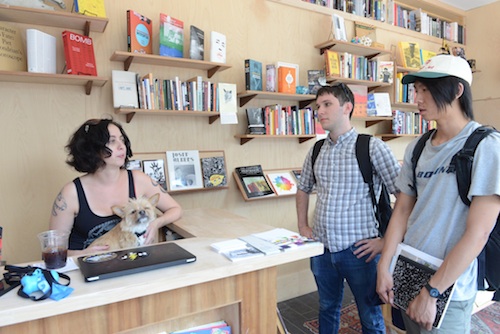 There are hip barbecue joints next to the small bodegas, galleries and studios. You can easily walk from the $800,000 row houses to public housing apartment buildings, which were built for dock workers and is still home to two-thirds of the neighborhood’s 11,000 residents. The Civil War buildings are now art studios, high-end event spaces, artisan glass manufacturing and other business.
There are hip barbecue joints next to the small bodegas, galleries and studios. You can easily walk from the $800,000 row houses to public housing apartment buildings, which were built for dock workers and is still home to two-thirds of the neighborhood’s 11,000 residents. The Civil War buildings are now art studios, high-end event spaces, artisan glass manufacturing and other business.
A Manhattan water taxi brings tourists on weekends; Red Hook is otherwise cut off from easy public transportation.
“Red Hook is in a stage of development that’s really in transition,” says Associate Professor of Geography Jennifer Rogalsky, director of the Urban Studies Program at Geneseo. “There are a lot of contrasts. There are a lot of issues that come with that, including transportation, housing and social issues.”
While Red Hook is unique, its challenges—and how people respond and are affected by them—can give insight to challenges of any urban area. They also provide uncommon learning experiences for students, especially in immersion field work. Rogalsky’s urban geography course was the first taught in Red Hook. Berger, Liu and four other students gathered for an intensive two-day seminar after completing online-course and reading work.
Students and faculty utilize the new Geneseo Landing at Red Hook classroom space, which is provided free of charge by O’Connell, in one of the Civil War buildings. O’Connell also provided an apartment for Geneseo use. The multi-use classroom area can host alumni functions, courses and speakers, and is run by Project Coordinator Maddy Smith ’14, who is also a liaison to local nonprofits, small-business owners and Red Hook leaders.
O’Connell also provides rent-free space to several of them, including Red Hook Rise and Dance Etc., “so they can put their energy into do what they do best,” he says — strengthening Red Hook.
“There’s a lot going on in this community,” says Smith, “with so much potential for students and faculty to get involved. This includes committees focused on flood resiliency, youth-driven nonprofits, and small businesses selling some original items.”
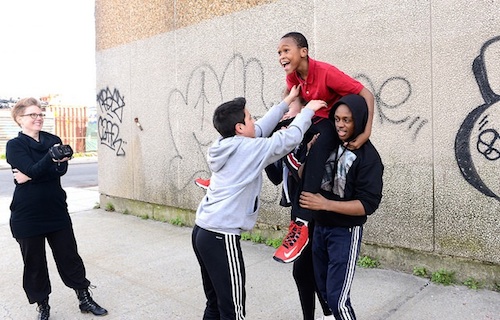 O’Connell sees the potential. He wants to provide the opportunity for Geneseo to decide how best to collaborate. Such partnerships have worked in where O’Connell also owns several properties in Mt. Morris, near Geneseo.
O’Connell sees the potential. He wants to provide the opportunity for Geneseo to decide how best to collaborate. Such partnerships have worked in where O’Connell also owns several properties in Mt. Morris, near Geneseo.
As part of his Main Street revitalization, he invited Geneseo communication students to provide social media and communication marketing expertise with owners. “It really works,” he said. “It’s real-life experience fro the students, too.” He says he’s providing opportunity; Geneseo will decide how best to collaborate.
Later last summer, Lecturer of English Jess Fenn also ran a Reading as a Writer course at Red Hook.
It’s all a beginning, with a lot of opportunity, says Interim Provost and Professor of English Paul Schacht. “We hope to deepen our ties to the Red Hook community and grow the number of course offerings that connect the Geneseo learning experience to the people and places that give this community its unique identity.”
An advisory committee comprises faculty, staff and students, including True Capalbo ’17, who was a student in Rogalsky’s summer course. The group is exploring strategies to expand on-site courses, faculty research, possible student-teaching roles within the community and partnerships in which students can assist Red Hook leaders with improvement goals.
Capalbo believes in what students can learn and contribute. “Definitely being there gave me a whole different perspective on how to do research and also how to connect with people,” he says.
The urban geography course is a good example of the type of transformational field experience Geneseo wants to offer at Red Hook.
On-site, they started class in O’Connell’s building, but quickly got out — with a comprehensive walking tour. Rogalsky explained the history, from manufacturing and dock work to the toxic sites that some of those sites produced, landmarks, new development, and longtime fixtures, such as schools and public housing.
“The students needed to walk the neighborhood in its entirety to see and understand the history, multiple communities, potential, and competing interests,” says Rogalsky. “I could tell them about it, but in order to ask deeper questions, the students had to see for themselves the docks and warehouses, creative and maker spaces, junkyards and redeveloped spaces, public spaces, commercial corridors, varieties of housing, and more.”
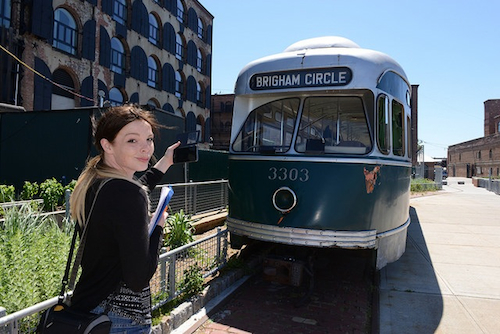 Students also met with local leaders — Jerry Armer from the Brooklyn Community Board, and Michelle de la Uz, of the Fifth Avenue Committee, whose members foster economic and social justice in Red Hook and greater South Brooklyn.
Students also met with local leaders — Jerry Armer from the Brooklyn Community Board, and Michelle de la Uz, of the Fifth Avenue Committee, whose members foster economic and social justice in Red Hook and greater South Brooklyn.
Rogalsky’s class also met with a group of high-schoolers, who talked about life in Red Hook and their own neighborhood projects.
On day two, the crew split up into teams for an independent project focused on an issue of urban development.
Like several student-teams, Capalbo’s group set out to observe demographics at the Fairway market, which offers more high-end groceries, but quickly nixed that to focus on talking to people.
They interviewed the leader of an artwork and exhibition space, exploring how the artist class affects Red Hook.
“You gain a totally new perspective while you’re researching there rather than out of a book,” says Capalbo.
Some teams created new ideas based on their meeting with the speakers — some devised ideas on the fly as they saw the principles and challenges played out in the neighborhood.
At first, Brianna Allison ’17, says she was shy, but as she stopped to talk to residents who were on their stoops, that feeling left. She talked to families at a church fair eating tostadas, and asked them their feelings about what’s going on in Red Hook; what’s needed.
That one-on-one is what makes Geneseo Landing at Red Hook special.
“When you read about urban geography, you think, ‘OK, I have an understanding,’” says Allison. “We are seeing the effects of gentrification and we are learning about everything talking to the people who live and work there.”
Such an experience has changed her. She’s more aware. She sees the small things in her hometown. “I ask and observe why this is the way it is,” she says.
As a childhood and special education teaching major, she envisions the same struggles and successes in Red Hook coming to her Queens Village neighborhood 10 or 15 years down the road.
In school, in her career, she’ll carry these perspectives of looking at the entire picture. Schools, she says, “are where all the community comes together.”
Looking at the bigger picture, say Allison and Shauna Ricketts ’17, you can see how individual decisions — and what happens at the street level or even in a few bodegas or planning boards — affect a community. Those are the decisions, says Ricketts, that have the power to form a community—and determine where it goes. “You have to say something or bring up a concern or a new idea or point,” she says, “to make changes. In Red Hook, I understood the impact the decisions have on other people, and the power people have to make them.”
— Photos and story by Kris Dreessen